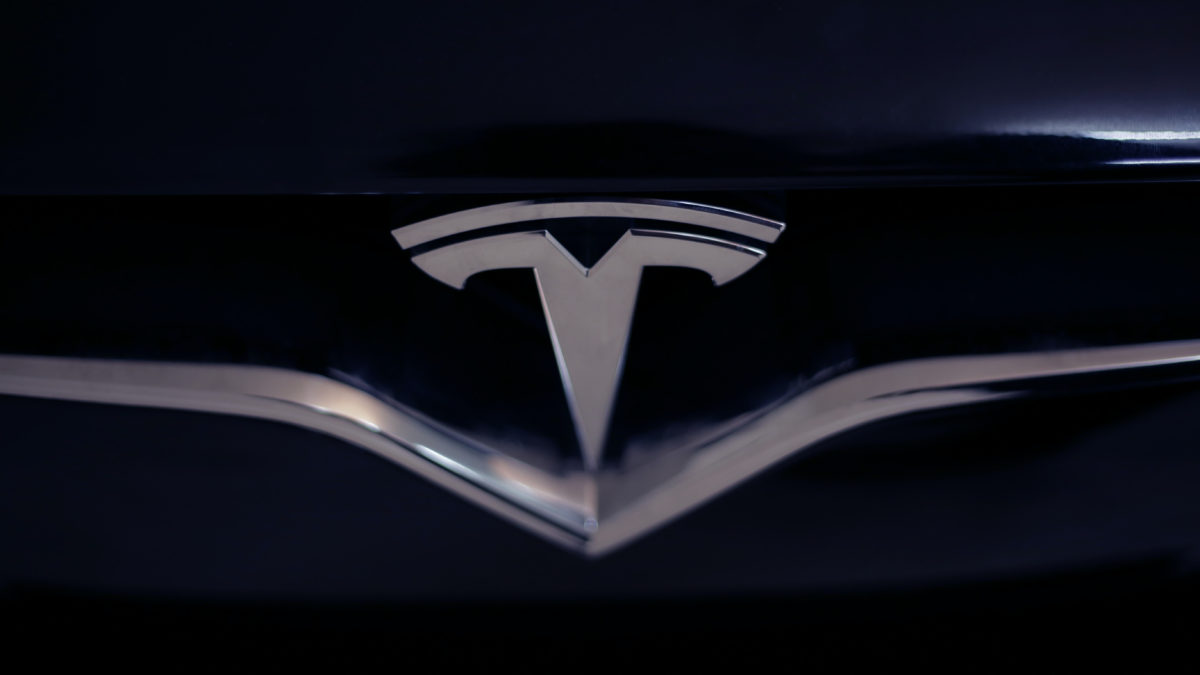As Tesla’s Big Battery keeps the lights on in fire-ravaged Australia, it may show the future of renewable power
Nothing like a friendly Twitter bet between billionaires to turn an entire country’s energy sector to renewables.
Sounds too good to be true, right? But in Australia, American tech investor Elon Musk and local billionaire Mike Cannon-Brookes have helped the country out of an energy deadlock not once, but twice–and not a minute too soon.
This year, floods and fires of Biblical proportions left Australia’s coal-dependent energy grid in shambles, and solar is surging. Almost overnight, Australia began demonstrating how quickly a country can ramp up the move from dirty fossil fuels to clean energy with battery storage technology. And it is happening with basically no federal government leadership.
The unlikely heroes of this story: Musk and Cannon-Brookes.
Two billionaires and a Twitter bet
In 2017, despite a series of catastrophic storms in South Australia, the government was holding fast to coal expansion at all costs. Federal ministers were actually spinning the line that the state’s fast move to renewable energy had put its energy security in peril.
Frustrated by the absurdity of these anti-renewable energy politics, Cannon-Brookes spotted a Tweet by Musk that claimed his Tesla 100 megawatt lithium-ion battery could be up and ready for use in 100 days. Cannon-Brookes replied to Musk, asking if he was serious and offering to raise the funds if Musk was ready to deliver on his boast. Musk fired back, “Tesla will get the system installed and working 100 days from contract signature or it is free. That serious enough for you?”
With that, it was game-on. Cannon-Brookes got to work negotiating with state officials, and Musk came through with the tech. In just two months, Tesla installed the world’s biggest battery with a whopping 100 megawatt-hour capacity and 129 megawatts of energy supplied by nearby wind turbines. It was cheaper than gas and built in a fraction of the time.
Three years later, Tesla’s Big Battery has saved the state’s residents and businesses from wide-scale blackouts and more than A$116 million (around US$66 million) in energy costs.
The new system came not a minute too soon. Last summer’s devastating bushfires destroyed thousands of Australian homes and left entire towns without power. Yet South Australia had so much power from the Tesla system that the state was actually able to export excess electricity and help keep the lights on around the country.
In fact, it has been so successful that French alternative energy supplier Neoen has announced new investments to increase its capacity to 150 megawatt-hours with the support of Tesla, in the state and–in a surprising turnaround–the federal government.
Doubling down on solar
The story doesn’t end there. Cannon-Brookes and Musk are again coming to the rescue, this time with solar equipment provider 5B. In late February, Cannon-Brookes announced he and his wife would invest A$12 million into a new energy collective, Resilient Energy, to roll out solar power and battery systems in two fire-ravaged areas: The tiny village of Cobargo, in New South Wales, and Goongerah, in Victoria’s East Gippsland.
Resilient’s systems can supply between 8 and 400 kilowatt-hours of power, operate around the clock and be installed in just two days. They helped make Cobargo and Goongerah the first to have off-grid power, and Cannon-Brookes says Resilient Energy could add another 100 sites if needed.
“Solar and batteries are resilient,” Cannon-Brookes said in a statement. “They are an awesome off-grid solution that are quick and easy to transport and deploy…I would love it if we can get 100 units up in 100 days.”
Batteries to power the world
The benefits of solar and battery systems are overwhelming when compared to coal. Cobargo’s solar battery array has replaced the diesel generators installed after the bushfires destroyed power lines. Each day, one fire service unit had to deploy one of its four fire trucks just to refuel a generator. In addition to cutting emissions, the new system is also saving money for fire-affected communities. Electricity costs have dropped between 20 and 50 percent, and the units should last for 20 years.
Cannon-Brookes’s initiatives show what the future of power in Australia could be, a future in which remote communities operate on solar, off-grid power systems that are more stable, more resilient and less prone to damage than today’s fossil fuel systems.
“As a nation we’ve got to learn the lessons of this summer and invest in energy systems that help the planet, not hurt it. That are resilient, not brittle. That are fast and flexible, not slow and fixed. And, most importantly, that reduce bills,” Cannon-Brookes said in a recent interview.
Not sitting still, Cannon-Brookes plans to help power Singapore with what would the world’s largest solar and storage project in the Australian desert. The so-named Australia-Singapore Power Link project will invest $20 billion into a massive solar farm and power storage facility that would supply renewable electricity to both Darwin and Singapore, the latter via an undersea cable nearly 4000 kilometers long.
So if you think a country can’t make the switch to clean, renewable energy without destroying their economy: Musk and Cannon-Brookes might take that bet. These two billionaires are proving that a transition to renewables can be done without destroying Australia’s formerly coal-loving economy. With a bit of ingenuity, their technological leap of faith may have helped break the energy deadlock in a nation staggered by the violent effects of climate change.


